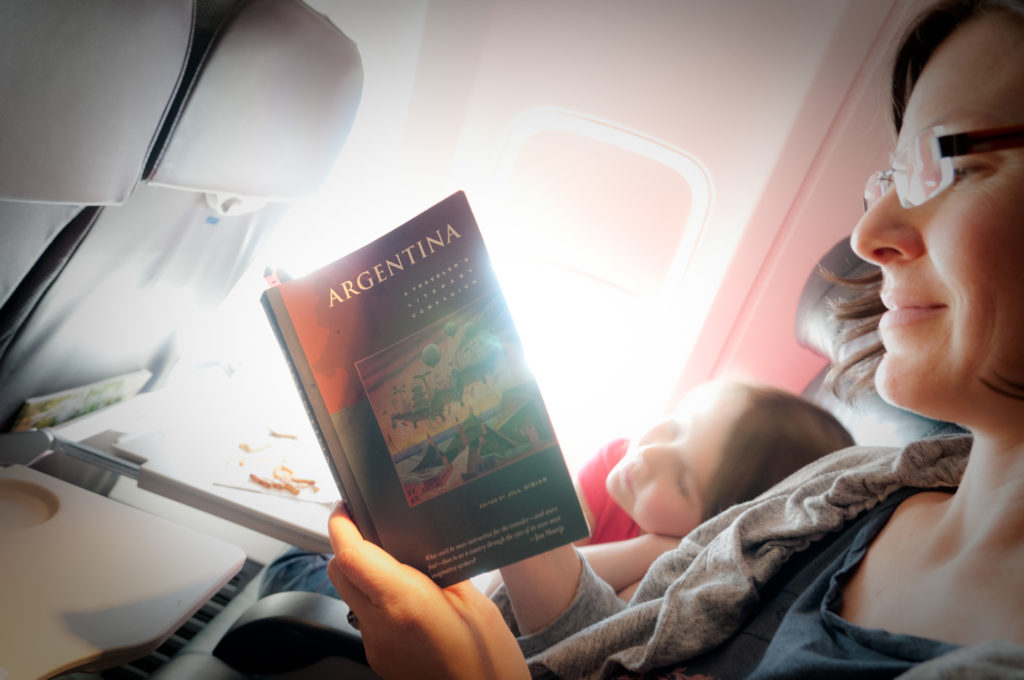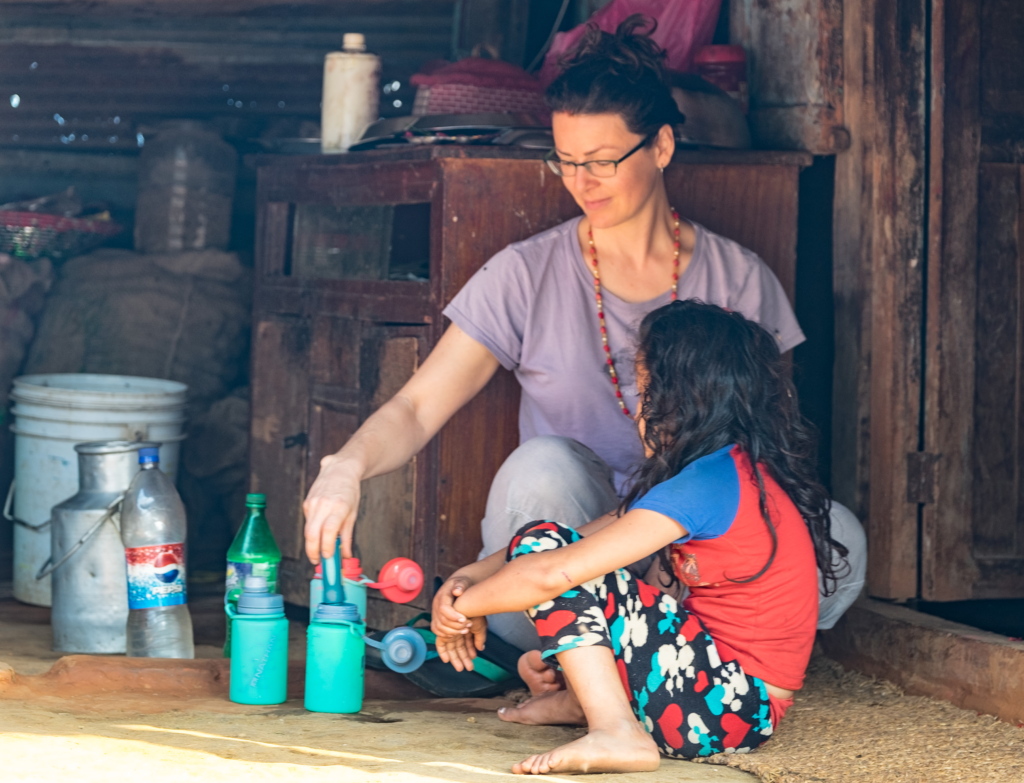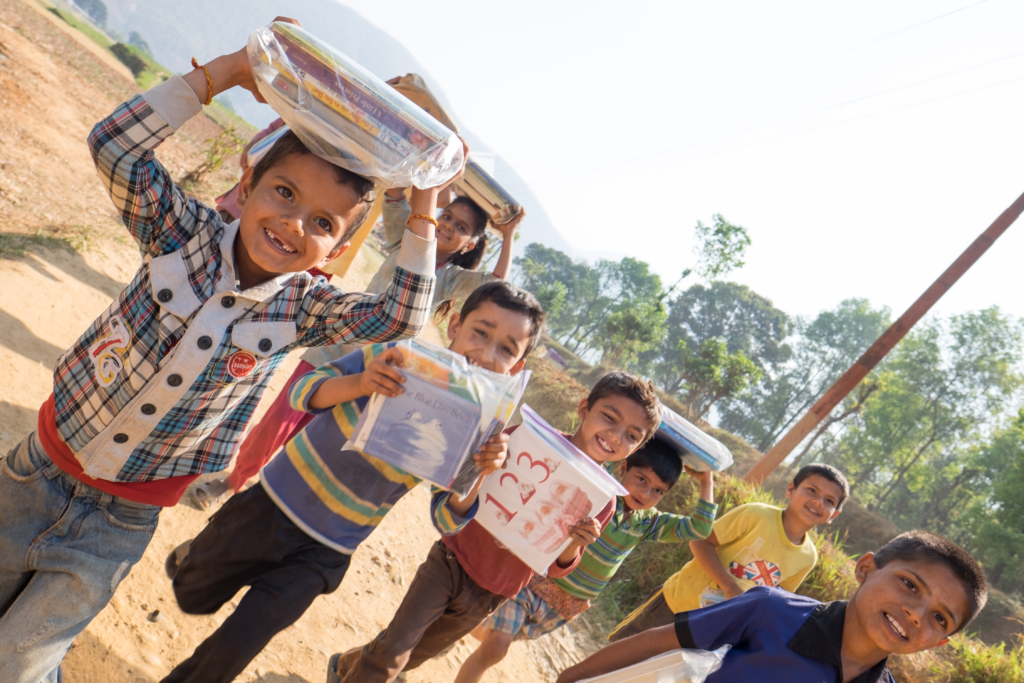Travel Integrity
Tourism is an environmentally high-impact endeavor. Flights, hotels, eating and drinking, etc. I am prone to feelings of guilt so I try to do something about it. Now, I’m not recommending a life lived under the mantle of guilt, but I do have some ideas about mitigation. Three simple approaches I use are to 1) offset our impact, 2) avoid plastic, and 3) pack our bags strategically/philanthropically.
I’ve donated to all of the nonprofits I mention in this post, looked at their Guidestar ratings (an information tool evaluating nonprofit organizations), and have researched each of them myself. We only mention products we love and use frequently. Any purchase you make through product links adds a tiny plus in a long list of minuses in the RK bank account. Thank you for your support of our efforts!
1. Offset your impact
The best choice is to limit use of greenhouse gas producing experiences to start with, but in some cases they can’t be avoided. Air travel, for example, is really the only way to get to most of the places I want to go. Once you get to your destination, walking and biking have the triple benefit of zero emissions, a more nuanced experience of your environment, and exercise.
So back to offsets, there is no avoiding some negative greenhouse gas production when you travel. By purchasing a carbon offset, you are essentially paying someone else to absorb or avoid the release of carbon into the atmosphere. This could be through funding protection of a rain forest, green energy initiatives, methane capture, or any number of projects. The best way to buy an offset is more confusing and more controversial than you’d think. CORE, Carbon Offset Research and Education, discusses a lot of these issues in depth if you are a global warming nerd.
If you choose to buy carbon offsets, Carbonfund.org is a nonprofit that supports vetted “renewable energy, energy efficiency, and reforestation projects globally that reduce carbon dioxide emissions.” Their website is easy to use and they have a very transparent approach.
You could also consider bigger picture offsets. For example, we joined Sustainable Travel International’s Travel Better Club. We make an annual donation to their organization that they use to further sustainability in the tourism industry for governments, companies, nonprofits, and travelers. They have a portfolio of programs (including carbon offsets) that support clean water and sanitation, sustainable cities and communities, affordable and clean energy, responsible consumption and production, and many other ancillary goals. I really like their work.

Making the best of the unavoidable plane trip. I am so looking forward to being beamed up to my next vacation. Would someone get on that? Elon Musk?
2. Avoid Plastic
There is a huge environmental cost to plastic, just ask the enormous islands of plastic just floating in the ocean. The five minutes of convenience when you buy a bottle of water is not worth the 100 or more years that it will take for that bottle to decompose.
When in developed countries we can take our handy-dandy water bottles and fill them straight out of any tap. This Nathan FlexShot Bottle is my favorite travel water bottle ever. You can see my collection in the photo below. It folds down easily to fit into luggage and has some form when it is full. I also just like the tactile experience of silicone.
When tap water is not safe, we just pack our own purifier. We got a quick and easy SteriPEN Ultra USB Rechargeable Water Purifier and have used it on several trips now. It got so much use on our trip to Nepal. It was quick, easy, and trustworthy. I wondered if I could surreptitiously stick it in the steaming cup of buffalo milk that I was offered by a lovely old woman on our trek, but I decided that it wouldn’t be socially appropriate. I drank the fresh-from-the-buffalo milk anyway and was fine.

There is a timer on my SteriPEN and the kids would chant a group countdown in English. It made purifying so much more fun. The plastic bottles in the background belonged to the family we stayed with and had been used a hundred times.
3. Pack strategically and philanthropically
My philosophy on packing is that each person should only pack as much as they are willing to carry on their backs for a few hours. Children included. But once you’ve taken care of your own stuff you may want to see what your luggage limits are. When we went to Nepal we brought 100 pounds of books in English to a village school. Lugging them was a hassle for a few short periods, but it was so appreciated by the kids and teacher that we wouldn’t have had it any other way.
The nonprofit Pack for a Purpose makes connections between travelers and local organizations all over the world. The organizations make very specific requests that are listed on the website. You can look up your destination and see if there is a group that you can bring items to. What a great way to use your extra luggage space once you’ve packed so frugally. Also, it doesn’t hurt to create some space for that locally crafted art piece that you’ll bring home.

Unloading the suitcases full of books was fun for all of us. Didn’t I just say something about plastic? Hmm. Well, I am sure the families will use them a hundred times just like I do.
So, there are three easy things that you can do on your next trip. Tell us how it goes!
Leave a Reply